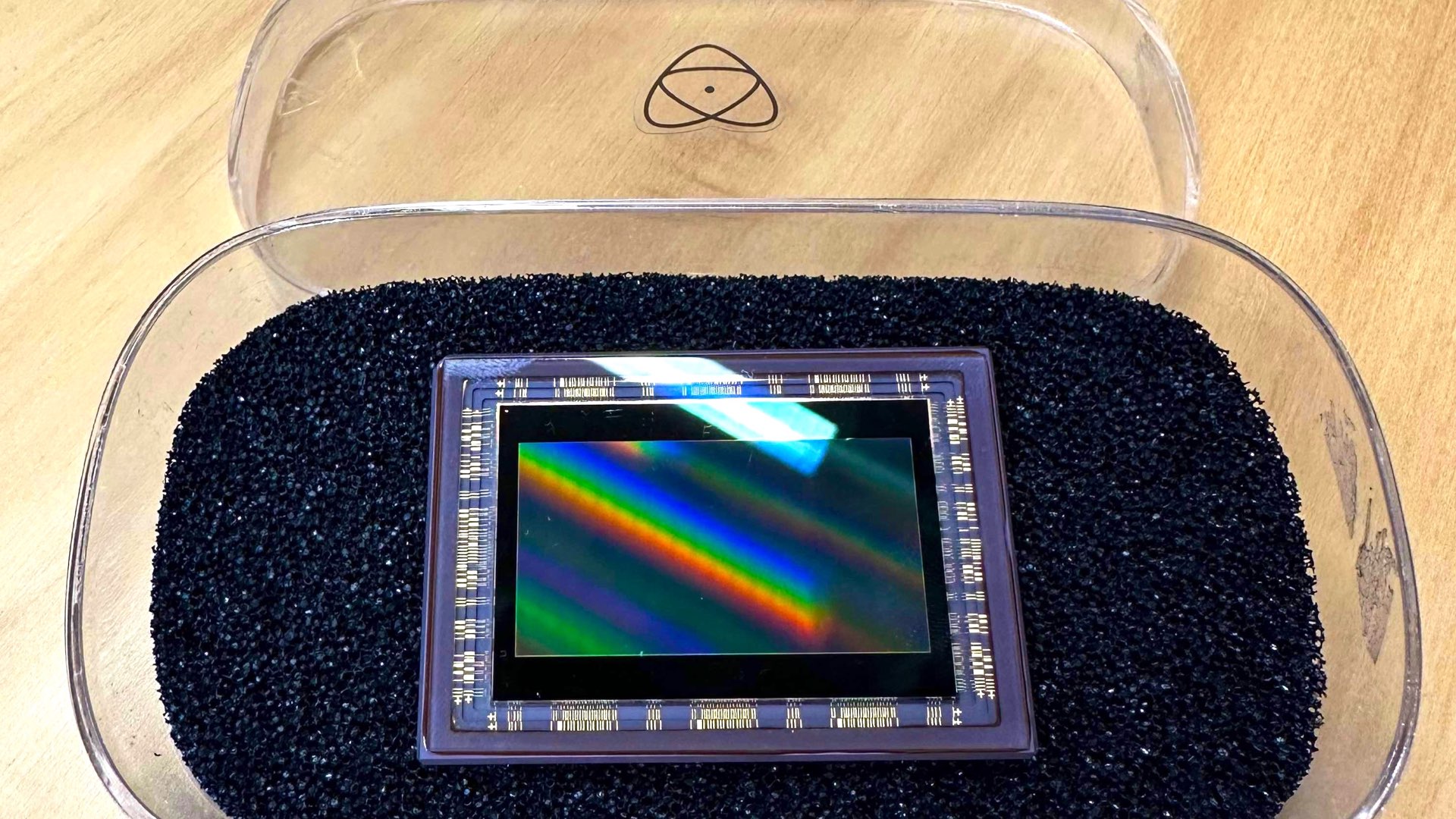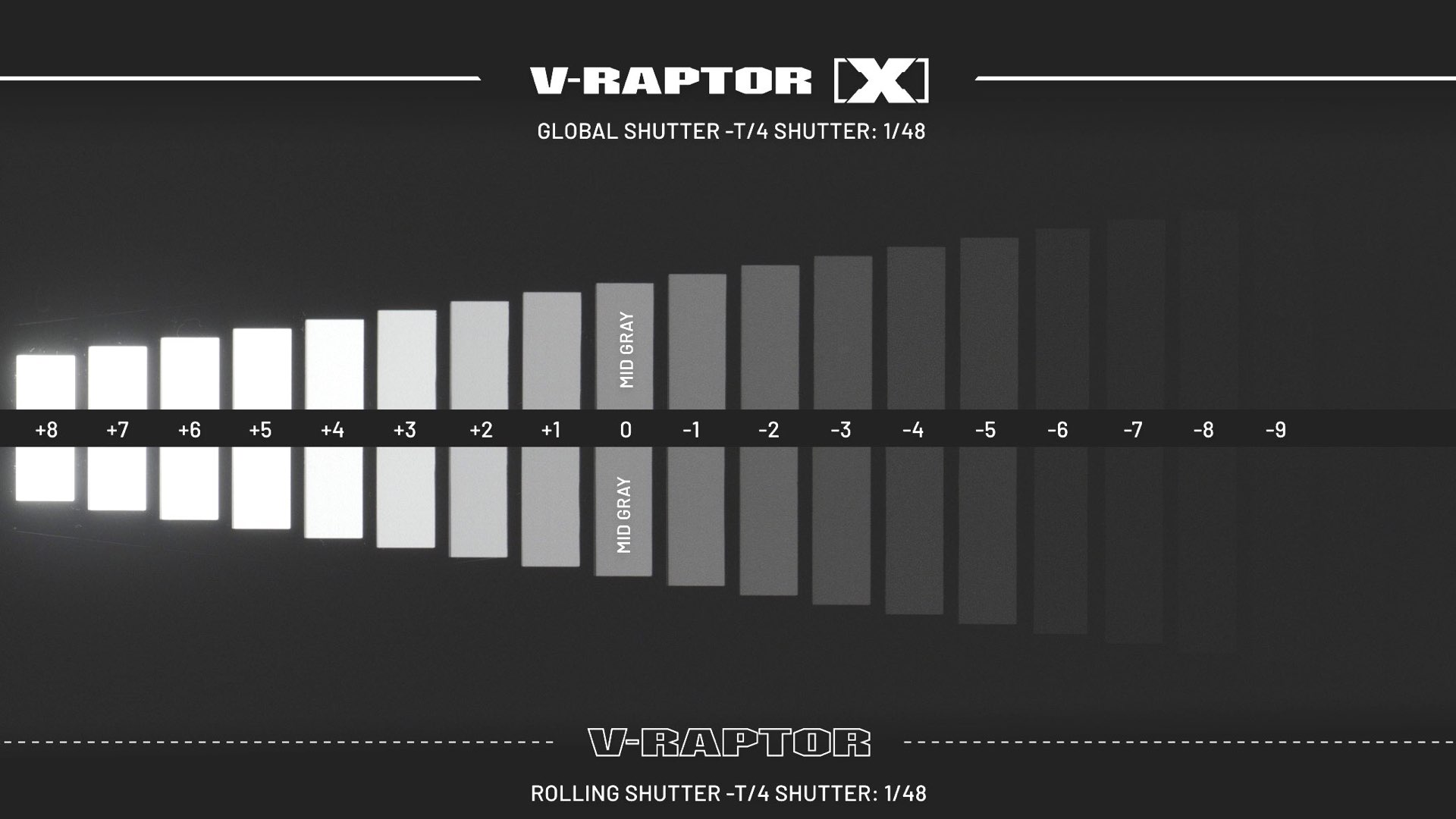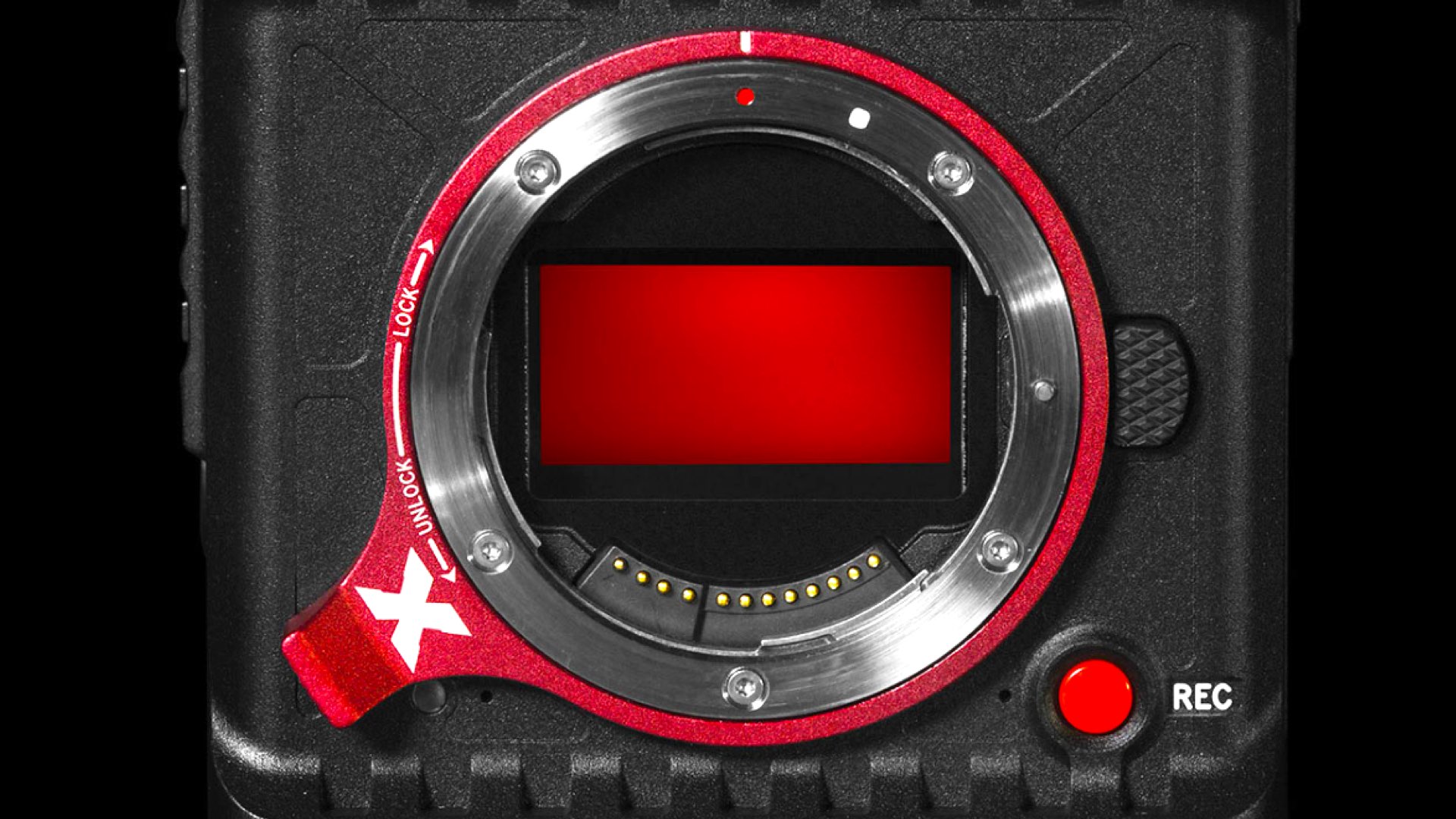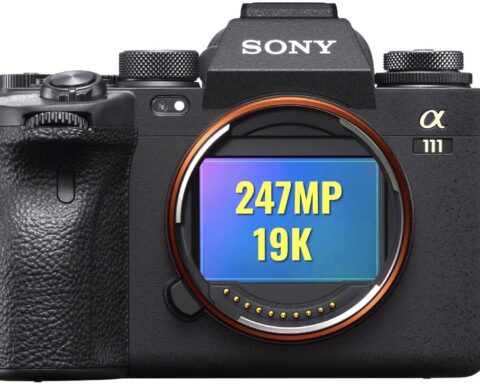With the introduction of the RED V-Raptor [X] and the Global Vision enabled by the global shutter sensor, RED Digital Cinema might start a race for high-end cameras that are armed with global shutter sensors. Once again, RED revolutionizes filmmaking.
It is worth mentioning that global shutter sensors are being developed widely by various manufacturers. However, most of these sensors are aimed at industry applications when the accuracy of imagery is an essential factor. The majority of the global shutter sensors are not developed for cinema applications, as these sensors suffer from reduced dynamic range…
Everybody needs a global shutter, but not everybody wants one
Although global shutter sensors are not new, it seems that cinema camera manufacturers have reduced their R&D on them, focusing on rolling shutter sensors to bring cinema-quality imagery. There was a thought/claim, that global shutter sensors suffer from impaired dynamic range, and thus offer limitations in picture quality. Filmmakers were eager for global shutter sensors when shooting their videos in DSLR bodies. Eliminating the awful and noticeable jello artifacts resulting from basic camera movements was defined as a wish. At that point, a global shutter camera would be like a life vest for action sports cinematography. But it was impossible (or too expensive) to develop a video camera that owns a global shutter sensor that produces great imagery like the rolling shutter. Hence, filmmakers (and audiences ) have developed a stamina for jello images, especially in fast camera movement. Those rolling shutter artifacts started to look like natural defects.
RED has accumulated a lot of knowledge regarding the global shutter sensor and took the time to sharpen the abilities of that sensor and to implement a much more sophisticated version of it on the V-Raptor [X] that represents a whole new generation of DSMC3 global shutter cinema cameras.
The race for global shutter has started
Because of that, every newly developed global shutter sensor/camera has caused great excitement. It is worth mentioning that global shutter sensors are being developed widely by various manufacturers. However, most of these sensors are aimed at industry applications when the accuracy of imagery is an essential factor. The majority of the global shutter sensors are not developed for cinema applications, as these sensors suffer from reduced dynamic range, and more artifacts, although there are here and there a few solutions, like Sony and Z CAM. Moreover, it’s a challenging task to develop a global shutter sensor that is also a large format. Therefore, every new announcement on a large format global shutter sensor that is aimed at motion picture cameras, has aroused great interest. Take for example the ‘Sapphire’ full frame 8K at 60FPS, global shutter, and 15-stops of DR sensor introduced by Atomos. That sensor presents very impressive specs to be utilized by a motion picture camera. Unfortunately, there is no news about it yet. Anyway, RED is changing the global cinema roadmap again, with its new groundbreaking global shutter sensor.

DSMC3 was initiated with a global shutter
The first camera of the RED DSMC3 lineup was the Komodo. It was introduced as RED’s answer to GoPro which can hold the big screen, and most importantly, has a global shutter sensor to eliminate those jello artifacts, especially during fast motion. The Komodo has been selling like hotcakes as filmmakers were sold by its global shutter capabilities. Then came the V-Raptor (‘V’ for Velocity) which has a rolling shutter but a very fast readout. However, RED has accumulated a lot of knowledge regarding the global shutter sensor and took the time to sharpen the abilities of that sensor and to implement a much more sophisticated version of it on the V-Raptor [X] that represents a whole new generation of DSMC3 global shutter cinema cameras.

RED Digital Cinema, as usual, opens the gate and breaks (or reduces) the cinema tech’s boundaries. That would be defined as a revolution in the technology behind cinematography, and maybe the start of the end of rolling shutter sensors. We can expect to see more and more global shutter sensors in motion picture cameras, especially in our era of virtual productions.
Vista Vision, 17+ stops, and Global shutter
The newly developed global shutter sensor of the [X] holds an amazing technology called by the commercial definition, Global Vision, which is a new suite of tools that use the global shutter sensor to provide even more flexibility and ease of use throughout the production process. Yes, you heard right. Those cinematic tools are utilized by the global shutter sensor that overcomes DR limitation and has a claimed 17+ stops of dynamic range. It has more cool stuff like Extended Highlights and Phantom Track. RED CEO stated: “Extended Highlights is NOT something we created to offset the limitations in dynamic range that Global Shutter usually suffers… We already surpassed that. Extended Highlights is just more on top of really great sensor engineering…. something extra that can only happen to this level with a global shutter”. Thus, those great features which can be essential when shooting high-end commercials or to the big screen, are derived from the global shutter technology, In that case, the global shutter sensor is allowing these features, instead of limiting them.
![RED V-Raptor [X]: Picture by B&H](https://u7s8g8p6.rocketcdn.me/wp-content/uploads/2024/01/RED-V-Raptor-X-Extended-Highlights-Explained.005.jpeg)
Closing thoughts
RED Digital Cinema, as usual, opens the gate and breaks (or reduces) the cinema tech’s boundaries. That would be defined as a revolution in the technology behind cinematography, and maybe the start of the end of rolling shutter sensors. We can expect to see more and more global shutter sensors in motion picture cameras, especially in our era of virtual productions. Agree/don’t agree? Feel free to throw your insights in the comment section below.
Product List
Here are the products mentioned in the article, and the links to purchase them from authorized dealers.
- Red Digital Cinema V-RAPTOR (X) 8K VV DSMC3 Cinema Camera
- RED Digital Cinema V-RAPTOR XL (X) 8K VV DSMC3 Cinema Camera


















*quick note.
KOMODO is not part of DSMC3 lineup. The DSMC3’s consist of the V-RAPTOR, V-RAPTOR XL in both the standard and new [X] global shutter sensors.
KOMODO and KOMODO-X are part of their own ecosystem. Where it get’s confusing is that the KOMODO-X can use some of the DSMC3 Accessories.
If you’d like to set up a 1on1 direct with RED, please use this link to do so. – https://outlook.office365.com/owa/calendar/REDDigitalCinema@red.com/bookings/s/uWsBUhneaEaeS73ViGICmQ2
THX.
Yossy